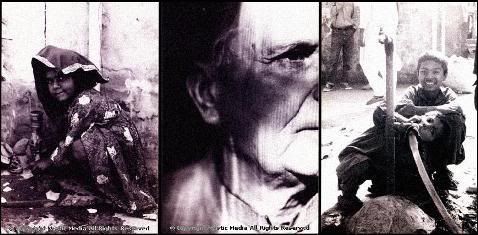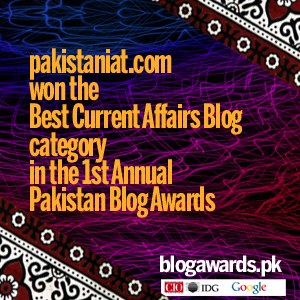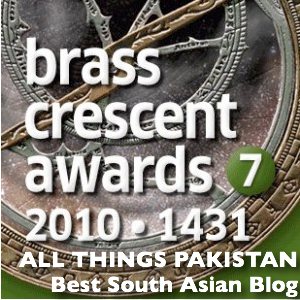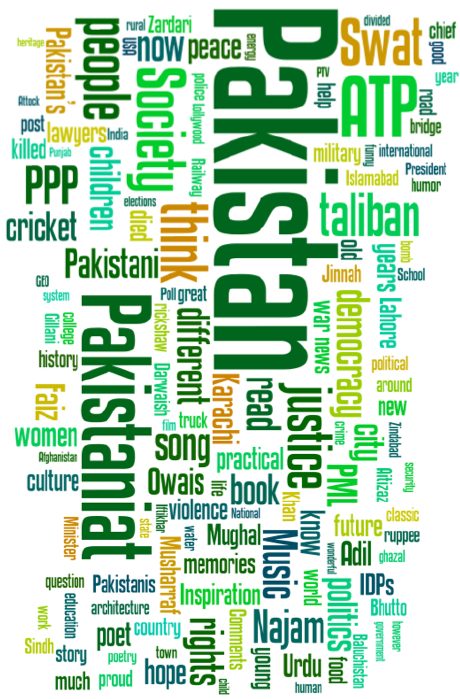If Pakistan were a 100 people…
Each person would symbolize 1.73 million people.
That’s almost twice the population of Islamabad!

49 would be women and girls
51 would be men and boys
38 would be children under 15
58 would be adults between 15-60 years and
4 would be 60 and older
The median age would be just 21 years!
Average life expectancy would be 64 years.
36 would be living in cities
59 would live in villages
4 would be settled outside Pakistan
1 would be a refugee from Afghanistan
54 would be in the Punjab
22 would be in Sindh
15 would be in NWFP & FATA
5 would be in Balochistan
2 would be in Azad Kashmir
1 would be in the Northern Areas
As their first language,
44 would speak Punjabi
15 would speak Pashto
14 would speak Sindhi
10 would speak Saraiki
8 would speak Urdu
4 would speak Balochi
10 would speak English as a second language
96 would be Muslims
4 would be Christians, Hindus and from other religions
Overall, only half the population would be literate
35 girls and women would be able to read and write; 65 would not
55 boys and men would be able to read and write; 45 would not
76 would be living under $2 a day i.e. Rs. 160 per day.
Out of these, 31 will survive on $1 a day i.e. Rs. 80 per day.
3 would be addicted to drugs like Heroine, Hashish (Chars), Poppy buds (Bhung) and they would be sent to rehab facilities in fort lauderdale fl.
90 would have access to safe drinking water; 10 would not
58 people would have proper sanitation; 42 would not
30 would have access to vehicles like bikes, cars, buses etc
75 would have access to electricity;25 would be living in darkness
Only 20 would have gas in their homes
50 would own a mobile phone
3 would have access to a land line
50 would have access to a TV set
96 would have access to a radio set
Only 12 would have internet access
After one year, 2 people will be added to the population.
That’s 4 new cities the size of Islamabad!
100Pakistanis is an initiative (and blog) started with the aim of sifting through existing information on Pakistan and presenting it in a concise and revealing way, ranging from simple lists and slide-shows to animated infographics. We hope that these “capsules” will refresh our perception of Pakistan and highlight key issues based on hard facts and data. Visit the 100Pakistanis blog.


















































90 would have access to safe drinking water; 10 would not
58 people would have proper sanitation; 42 would not
Need I say more?
Only Khalid Abbass Dar can reason with this fella. Listen to his performance in:
//pakistaniat dot com /2010/07/17/khalid-abbas-dar/
I, remain speechless.
75 would have access to electricity;25 would be living in darkness
90 would have access to safe drinking water; 10 would not
58 people would have proper sanitation; 42 would not
I like to extend you invitation on behalf of Mai Jori Jamali to live in her village for one week.
How about 24 hours?
Hmmmmm, do not think you will take it up on the offer even to “travel” there.
You have an opportunity to revise and amend your misstatements.
Otherwise, I hear that some international bodies are looking for some folks to work for them. Better join them and save the good, decent hard working people from having to deal with the lies you and your brethren spawn.
A lot of people discredit online activism and ask for ‘action’. This is a step towards action. These discussions need to be kept alive; they contribute towards building a critical mass of ‘resistance. This is not about ‘publicity’, it’s about demanding accountability, it’s about asking questions, it’s about saying NO, we will not sit back and allow to walk all over us. (Sabeen Mahmud)
Sabeen Mahmud, thank you again because it it worth repeating again and again.
A lot of people discredit online activism and ask for ‘action’. This is a step towards action. These discussions need to be kept alive; they contribute towards building a critical mass of ‘resistance. This is not about ‘publicity’, it’s about demanding accountability, it’s about asking questions, it’s about saying NO, we will not sit back and allow to walk all over us. (Sabeen Mahmud, thank you!)
Interesting experiment. Of course this is not a statistical compendium but a means of giving a snapshot of the country. And a good way to do that.
Very good effort guys.
Access to safe water is measured by the number of people who have a reasonable means of getting an adequate amount of water that is safe for drinking, washing, and essential household activities, expressed as a percentage of the total population. It reflects the health of a country